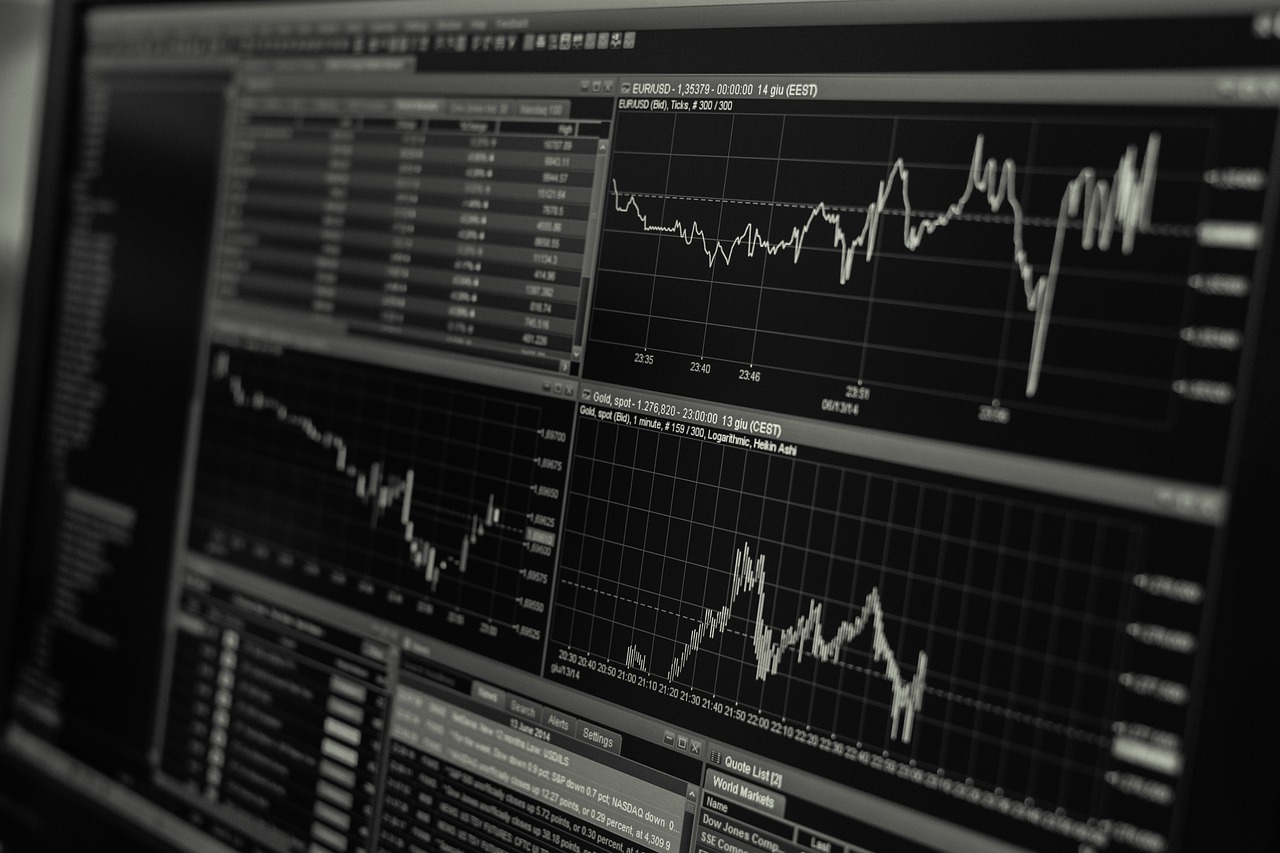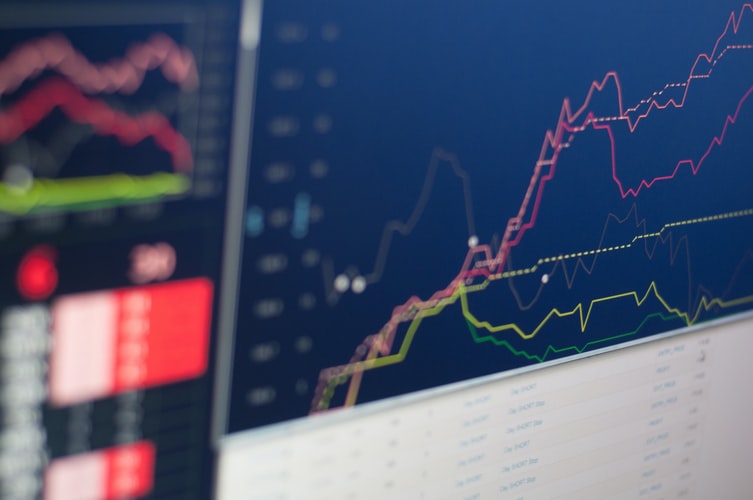What Is A Good Equity Multiplier
4 Mins Read
Published on: 22 August 2023
Last Updated on: 21 September 2023

toc impalement
Understanding the various financial indicators is a fundamental aspect of investment decision-making, and one of the most important indicators is the equity multiplier. It is a financial leverage ratio that measures the portion of a company’s total assets financed by shareholders’ equity. In essence, it provides insight into how a company finances its assets through debt and equity. The importance of understanding this financial indicator lies in its potential to reveal the financial risk and stability of a company.
The Equity Multiplier In More Detail
So what is equity multiplier? It is an image of a company’s financial structure. Specifically, the equity multiplier is a ratio that compares a company’s total assets to its total shareholders’ equity. A higher ratio indicates that a greater portion of the company’s assets are financed by debt rather than equity. Conversely, a lower ratio suggests that the firm relies less on debt.
You can simply calculate the equity multiplier: Equity Multiplier = Total Assets / Shareholder’s Equity. “Total Assets” refers to everything the entity owns, including cash, inventory, property, and different items that hold value. “Shareholder’s Equity” is the value left for shareholders if the company paid off all its liabilities. It’s essentially the residual interest in the company’s assets after deducting liabilities.
For instance, consider a company with total assets worth $10,000,000 and shareholders’ equity of $2,500,000. The equity multiplier would be 4 ($10,000,000 / $2,500,000), indicating that for one dollar of equity, the company holds four dollars in assets.
Benefits And Drawbacks Of Different Types Of Equity Multipliers

A high equity multiplier might indicate several potential benefits. First, it might show that a company is effectively using debt to finance its operations and growth, which could result in higher returns on equity. Second, it may mean that the company has a more aggressive growth strategy using leveraged financing, which could potentially result in larger returns for investors if the company’s investments prove successful.
At the same time, a high equity multiplier also carries potential risks because the company is heavily reliant on debt financing, which may make it vulnerable in times of economic downturns. A corporation could file for bankruptcy if it is unable to make enough money to pay its debts.. Further, a high equity multiplier might signal a lower financial cushion, meaning any losses will have a more significant impact on the company’s equity and potentially its stock price.
On the other hand, a low equity multiplier could signify a company that is more conservative in its use of debt. The benefits here include potentially lower financial risk and a greater buffer against losses. If a company primarily finances its assets through equity, it isn’t as beholden to creditors, which can be especially beneficial during periods of financial instability or economic downturns.
Defining A Good Equity Multiplier
Identifying what qualifies as a ‘good’ equity multiplier requires a more nuanced understanding beyond just the basic definition. it’s crucial to underscore that there is no universally optimal number that fits all businesses and circumstances.
In general terms, an equity multiplier that is closer to 1 is often seen as a positive sign. This is because it implies that a larger share of the company’s total assets is financed through equity as opposed to debt. Consequently, companies with lower equity multipliers are typically perceived as being less risky from a financial standpoint. They are less dependent on borrowed capital and, therefore, less exposed to the financial pressures and obligations that come with debt.
However, it isn’t always a cause for concern. In some cases, it could be a strategic decision, especially for companies operating in specific sectors or at certain stages of their growth trajectory. These companies may opt to leverage debt to stimulate accelerated growth and potentially yield substantial returns for their shareholders.
Different sectors of business and industry have varying standard levels of debt due to their unique operating characteristics and risk profiles. For instance, utilities and telecommunications that have robust and predictable cash flows and significant fixed assets often resort to higher levels of debt financing.
Equally important to consider is the size of the company and its stage in the growth cycle. Larger, well-established corporations often have more substantial equity bases built up over time, reducing their need for debt to finance their ongoing operations or expansion plans. These companies typically have lower equity multipliers. In contrast, smaller, high-growth companies may decide to leverage debt to fund rapid expansion, resulting in higher equity multipliers.
Conclusion
As with any financial metric, the equity multiplier should not be used in isolation but should be considered as part of a comprehensive financial analysis. The equity multiplier can offer a piece of the puzzle, but to get a holistic view, it’s crucial to consider other financial metrics such as return on equity, debt ratio, and others. This allows for a more nuanced and robust understanding of a company’s financial health and risk profile, guiding investors toward more sound, informed investment decisions. Hence, the importance of the equity multiplier in investment analysis cannot be overstated – it’s an essential tool in every investor’s toolkit, aiding in the navigation of the complex landscape of financial investment.
Read Also:


















Comments Are Closed For This Article